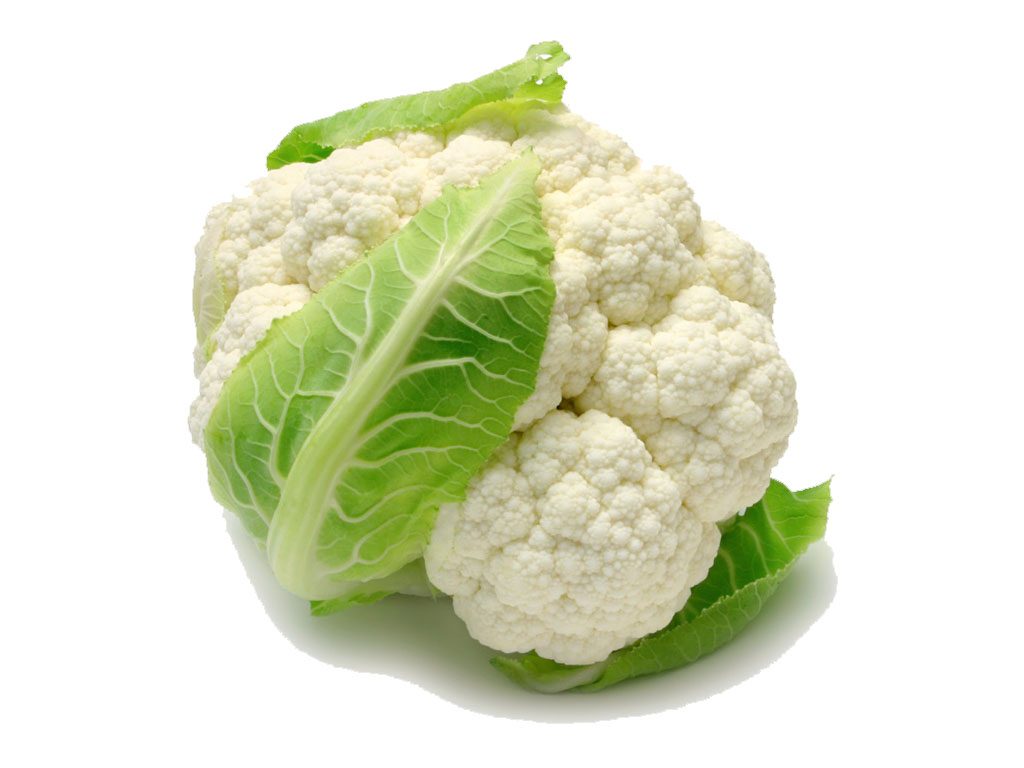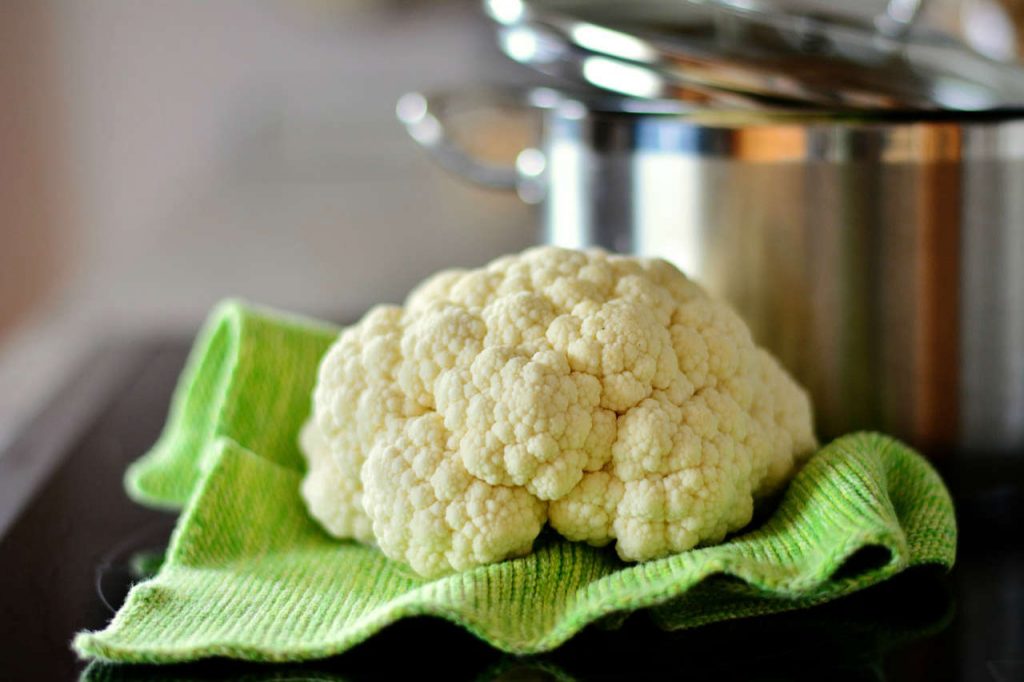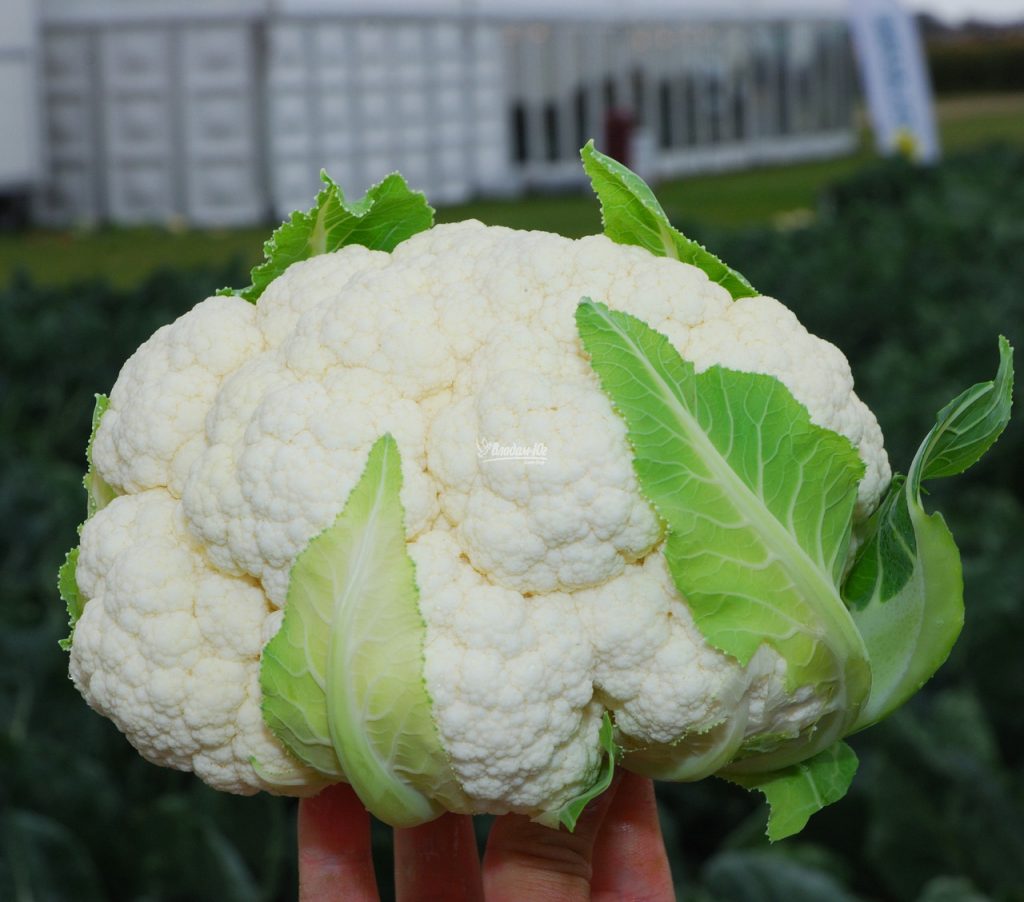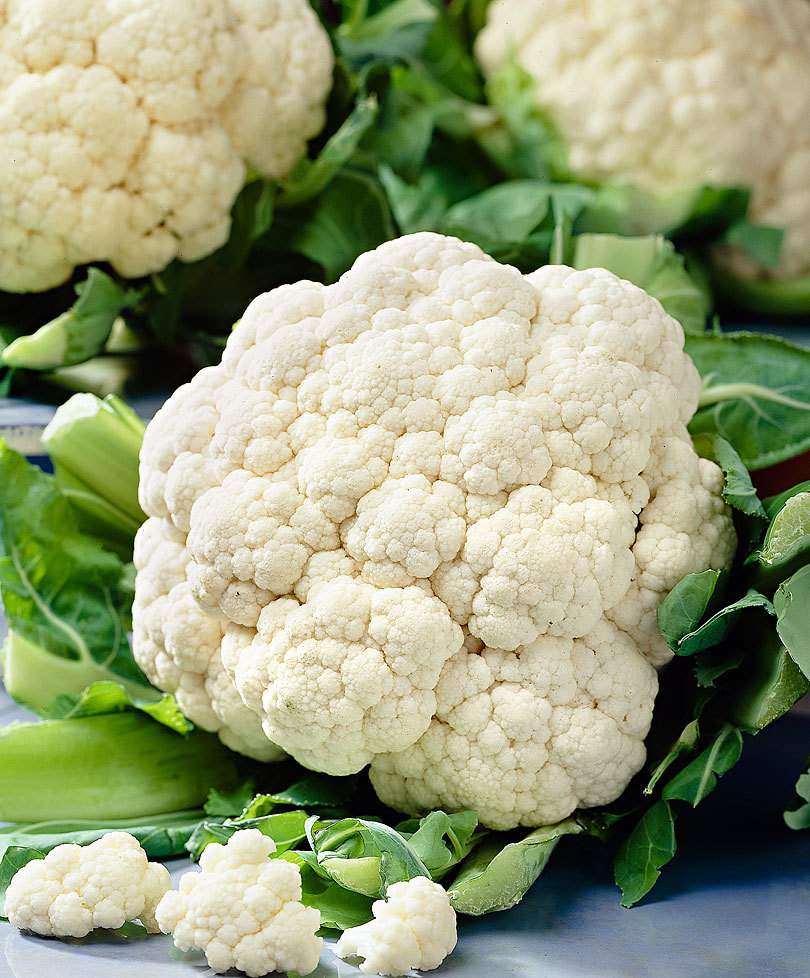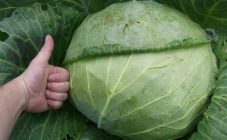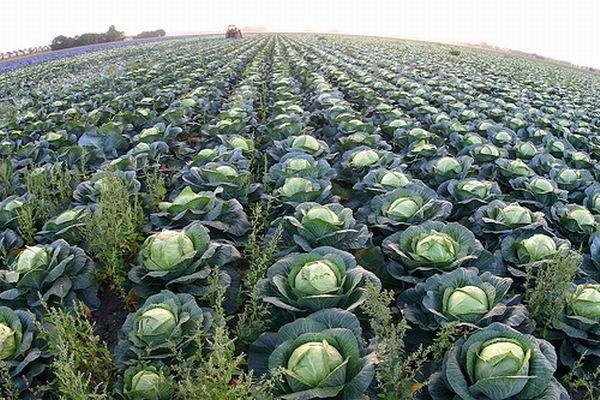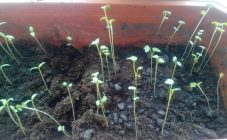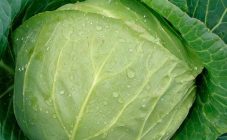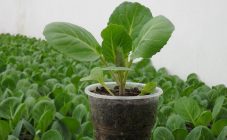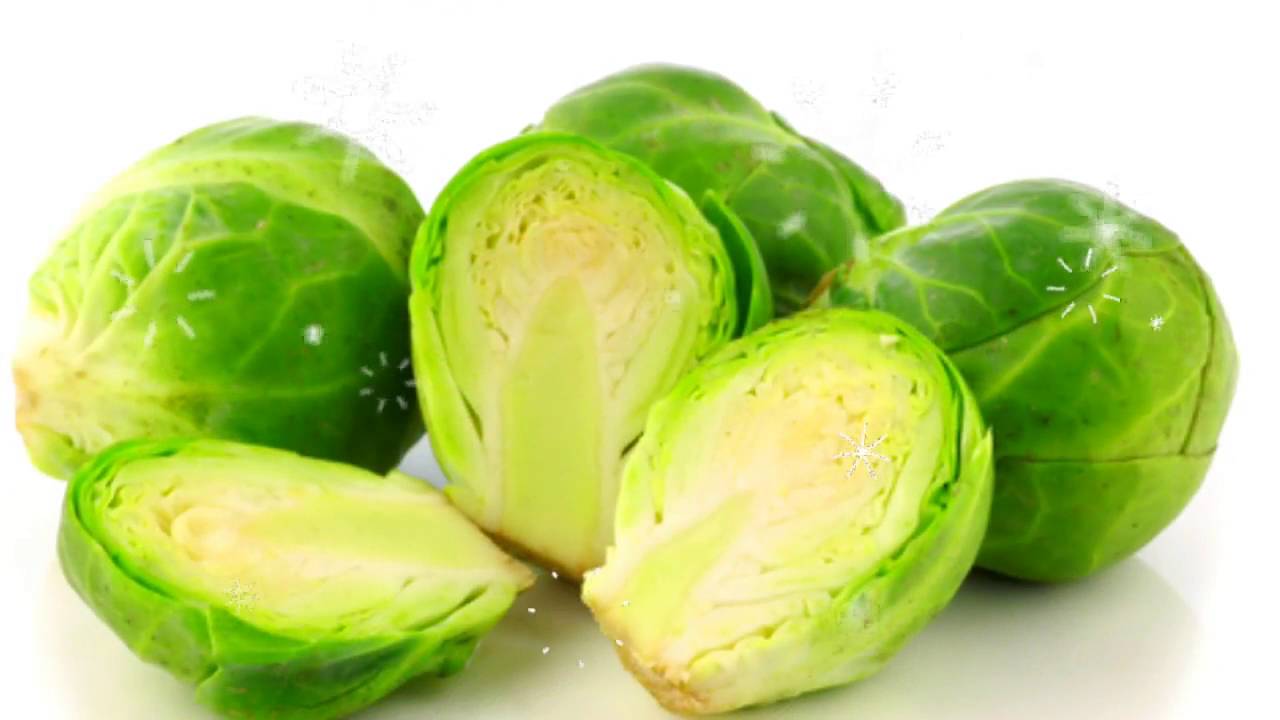Content:
Several types of cabbage are grown in the world: white cabbage, red cabbage, kohlrabi, broccoli, Brussels sprouts, savoy cabbage and cauliflower. The first place in the gardens is, of course, white cabbage. It is used to prepare various dishes, salted, fermented, and delicious and healthy salads are prepared from it. Recently, Russian summer residents began to grow cauliflower.
Description of culture
This type of cabbage is a healthy, dietary and hypoallergenic vegetable. Cauliflower forms beautiful inflorescences. They are most often white, but also purple and yellow. Delicious dishes are prepared from the vegetable, it is baked with other vegetables in the oven, fried in a pan. Cabbage grown in your own garden can be thawed in winter and cooked without buying at the store.
Cauliflower is a very healthy product. It contains much more nutrients than other species. For example, the content of proteins and ascorbic acids in cauliflower is 2 times higher than in ordinary white cabbage.
The vegetable is popular with supporters of dietary nutrition, since 100 g of the product contains only 25 callas.
Growing cauliflower is more difficult than other types. It does not need a lot of light to form good heads. It is recommended to plant this vegetable in areas where there will be sun before lunch and shade in the afternoon. It is under such conditions that it forms good inflorescences. The landing site has been prepared since autumn. Lime, wood ash and dolomite flour are added to the garden bed for digging. You should also add humus (1-2 buckets per 1 m²) and mineral fertilizers (urea, potassium, phosphorus) at the rate of 40-50 g per 1 m² of the garden.
Correct crop rotation is also important. The best precursors for cauliflower varieties and hybrids are tomatoes, potatoes, cucumbers, onions, legumes, and beets. In no case should you plant it after other types of cabbage, as well as turnips, radishes, radishes and rutabagas. They all have the same diseases, which will negatively affect the crop yield. During the entire growing season, the plant is demanding on watering. It should be irrigated often and abundantly: for 1 bush, 5 liters of water. Once every 10 days, garden plants are fed, and also loosened and mulched the soil.
The best varieties of cauliflower: characteristics and care
All cauliflower varieties are divided into early ripening, mid-ripening and late-ripening. Early varieties and hybrids can be grown by direct sowing in open ground, and mid-ripening and late ones - through seedlings.
Early maturing varieties, which names to choose?
For instance, Summer resident... The heads are ready for use within 80 days after planting the seedlings in the garden. The inflorescences have a beautiful snow-white color. They are a little flattened, weighing up to 1 kg. This cauliflower is rich in sugar and ascorbic acid, which makes it delicious.Since plants and fruits cannot boast of a huge size, they are planted in the garden more often than other varieties. On 1 m², you can plant 5 cabbage seedlings at a distance of 50 cm from each other.
An even more early ripening hybrid of cauliflower - Freedom F1... This hybrid will yield a crop as early as 70 days after planting the seedlings in a permanent place. That is, by planting young plants in the garden in mid-May, ripe heads can be obtained at the end of July. The hybrid is recommended for growing in hot and dry regions, since even during a drought the heads do not deteriorate, retaining the original look and all their taste. The fruit is white and of impressive size. With proper agricultural technology, the heads often weigh 5 kg. Great for preparing delicacies.
Cauliflower Parisian refers to medium early varieties. Its inflorescences are ready for consumption 110-120 days after germination. As a result, if this variety is sown for seedlings in early April, then the harvest can be harvested already in the first decade of August. Excellent for growing in cold regions, as it is resistant to sudden changes in air temperature and other adverse weather conditions. The heads are large, their weight reaches 2 kg, and are snow-white.
Early maturing varieties with a ripening period of 70-75 days include cauliflower Alpha... Heads of cabbage are also white and have a rounded appearance. The inflorescences have a decent weight - up to 1.5 kg. Alpha contains a large amount of carotene and vitamins. Good for soups and canning. It takes up little space in the garden, so plants are planted at a distance of 40-50 cm from each other.
Cauliflower varieties for Central and Siberia
Popular late cauliflowers include Cortez and Amerigo... Most often they are grown in the south of Russia, but in the conditions of the Central strip and the Moscow region, they will also give a good harvest.
Cortes is a high-yielding, late-ripening cauliflower hybrid. It is appreciated by gardeners for its resistance to many diseases and adverse weather conditions. This is how the breeders created it. However, this hybrid needs good feeding, which must be produced once every 10-14 days. This will allow the plant to form large heads (2-3 kg). It is necessary to plant seedlings on the garden bed less often than early varieties: the distance between plants should be at least 70 cm in a row, and the rows from each other are spaced 80 cm apart.
Another late variety of cauliflower is Amerigo. Its special value is that it resists many pests and diseases. It also has a high frost resistance: inflorescences can grow until frost, tolerates temperatures up to −2-4 ° C well. Presentable heads, white. During cultivation, one should not forget about top dressing and abundant watering, especially in hot weather.
Cauliflower varieties for Siberia
In the conditions of a short Siberian summer and a short spring, it is best to grow early maturing varieties. The most common are Movir, Express and Goodman cabbage.
Cabbage Movir - a hybrid that tolerates sharp drops in temperature and grows quickly. The inflorescences are small in size - an average of 500-700 g, but some specimens grow up to 1.5 kg. Unlike some other hybrids, this one does not boast good immunity to diseases, but it has excellent taste. Plants are planted in the garden rather densely. Leave 40-50 cm between plants in a row, and leave about 60 cm between rows.
In the description of the cabbage variety Goodman it is said that it is famous for its high yield, snow-white and dense inflorescences. The weight of the heads is relatively small - from 1 to 1.5 kg. However, the taste is good. The variety ripens quickly - within 70 days after sowing the seeds.
Cauliflower varieties for the second harvest
In warm regions, and in Central Russia, cauliflower can be grown 2 times per season. In this case, only early ripening varieties and hybrids are used. For example, Express. From germination to the beginning of fruiting, an average of 60-65 days pass. That is, even in the conditions of the Moscow region, with proper agricultural technology, you can get 2 crops per summer. The most important thing is to sow seeds early - in late March - early April, and sow for the second harvest no later than the end of June. Seedlings in the garden are also planted early - in the first half of May.
In a row, plants are planted densely at a distance of 25-35 cm from each other. The row spacings are located at a distance of 60 cm. Experienced summer residents recommend making several dressings for this variety over the summer, as well as treating them from pests and diseases. In addition, it needs abundant watering and weeding. Observing all these simple principles of agricultural technology, you can count on 2 good harvests of Express cauliflower in 1 season.
Whichever variety of cauliflower the gardener chooses, do not forget about the principles of proper planting and growing of a vegetable. It is important to consider the previous predecessors in place, the number of waterings and not to miss the harvest!
